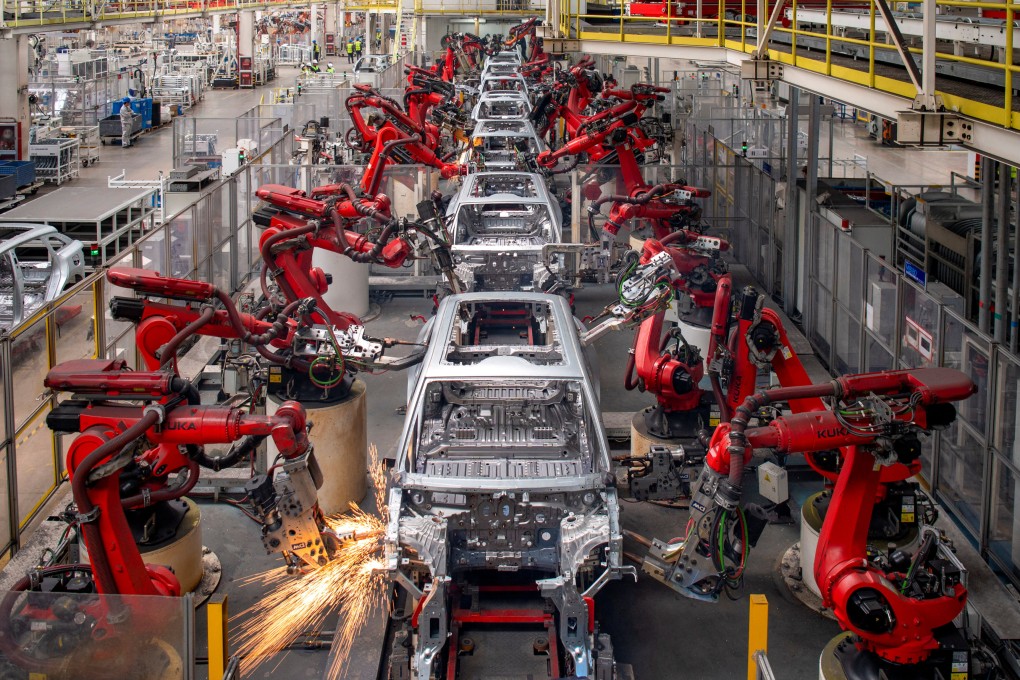Advertisement
The View | Can China’s booming EV industry help it avoid the middle-income trap?
- Creating advanced industries which generate high profits is essential for countries that want to graduate to high-income status
- While one industry cannot sufficiently influence China’s GDP per capita, its success in the EV sector is just the kind of progress needed for a prosperous future
Reading Time:3 minutes
Why you can trust SCMP
2

China’s rise as a producer and net exporter of cars has been as impressive as it has been rapid. Despite making traditional fossil-fuel-powered vehicles, China’s success can be found in its electric vehicle (EV) producers.
Advertisement
This is important for China at this moment. Of course, there are environmental reasons, yet there are important economic development reasons as well. The automotive industry is considered a late industry, meaning the technological and industrial requirements for building the industry are quite high and hard to achieve, which translates into the ability to extract more profit from exchange.
Creating late industries which generate high profits, such as the automotive industry, is essential for countries that want to graduate to high-income status and avoid the middle-income trap. This raises the question of whether China’s EV industry is its ticket out of the middle-income trap.
First, what is the middle-income trap? According to a report published by the World Bank and the China State Council Development Research Centre, 101 of the 114 countries at middle-income status in 1960 were still there by 2008. Therefore, during about 50 years, just 13 countries were able to make the transition to high-income status.
Policymakers in middle-income countries such as China should ask why the transition is so difficult. As middle-income countries develop, their wages grow higher, making them less competitive in low-value-added industries such as textiles.
Advertisement
For countries to avoid a situation where they are stuck in low-value-added industries, with increasingly uncompetitive wages, they must upgrade their industries to compete in these late industries. Judging by how few nations have graduated to high-income status, this is clearly a difficult feat, as it is hard to acquire the technological know-how to compete in these industries.

Advertisement
